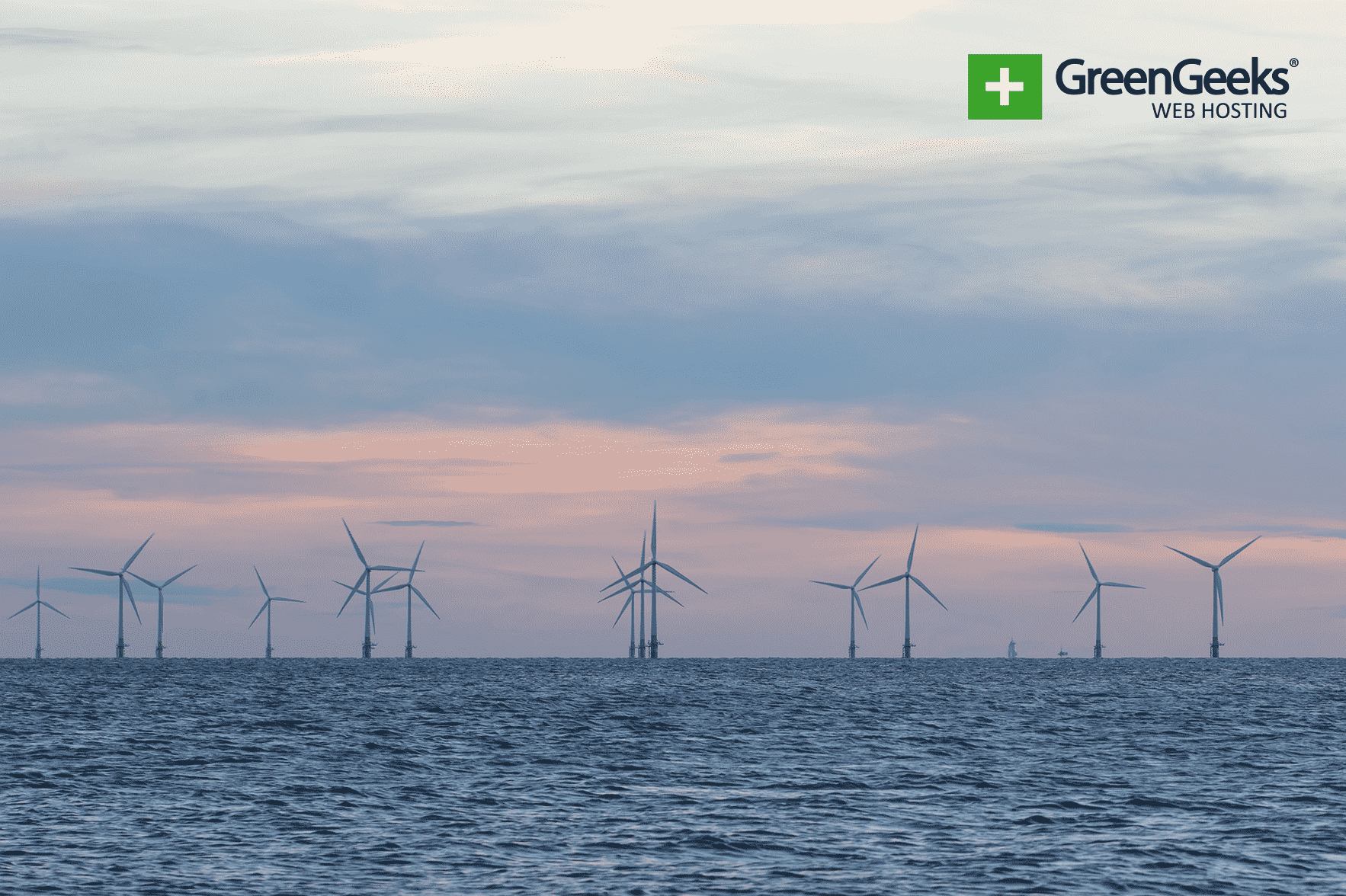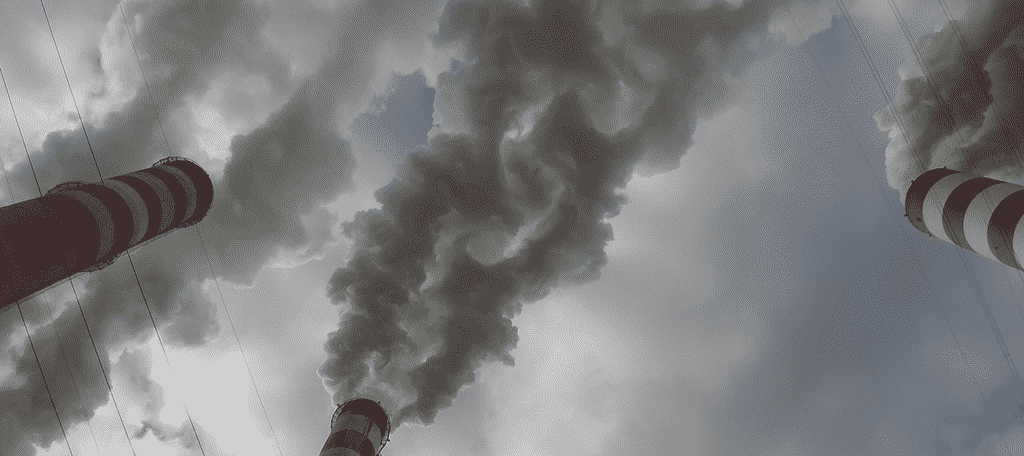
Britain’s new offshore wind farm is almost complete. It is expected to be operational in 2020. Once it is, it will become the largest offshore wind farm in the world.
However, this is just the first of 3 major wind farms planned by the United Kingdom.
The wind farms are referred to as Hornsea One, Two, and Three. Hornsea One will be able to power 1 million homes, while Two and Three will be able to power 1.6 and 2 million homes respectively.
Hornsea One consists of 174 seven-megawind turbines. Each one stands 100 feet tall and has a blade circumference of 75 feet. Every time one turbine spins, it produces enough energy to power an entire house for 1 day.
These offshore wind farms will help the UK meet its energy goals.
What are these Goals?
By 2030, the UK is aiming to have one-third of all electricity generation come from offshore wind farms.
This will drastically cut the country’s greenhouse gas emissions. The country is working on phasing out coal and has successfully managed two weeks of coal-free energy during a recent test.
The only way it is possible to meet these goals is by investing billions into wind farms, and that is exactly what the UK is doing.
Major Emitters Need To Follow Suit

The UK has been leading the charge by example for the last few years. It is one of the major economies that is taking climate change seriously.
While almost every country in the world has signed the Paris Agreement, the majority of nations are not doing enough. In fact, many of them are not even keeping their own commitments that they created for themselves.
This was on full display during the latest climate conference in New York City. While many smaller nations were eager to get on stage to address what they are doing, the major emitters were not.
China, India, and the United Staes essentially added nothing new to the conversation. This is an ongoing trend and considering that these 3 countries make up 47.84% of total emissions, it needs to end.

